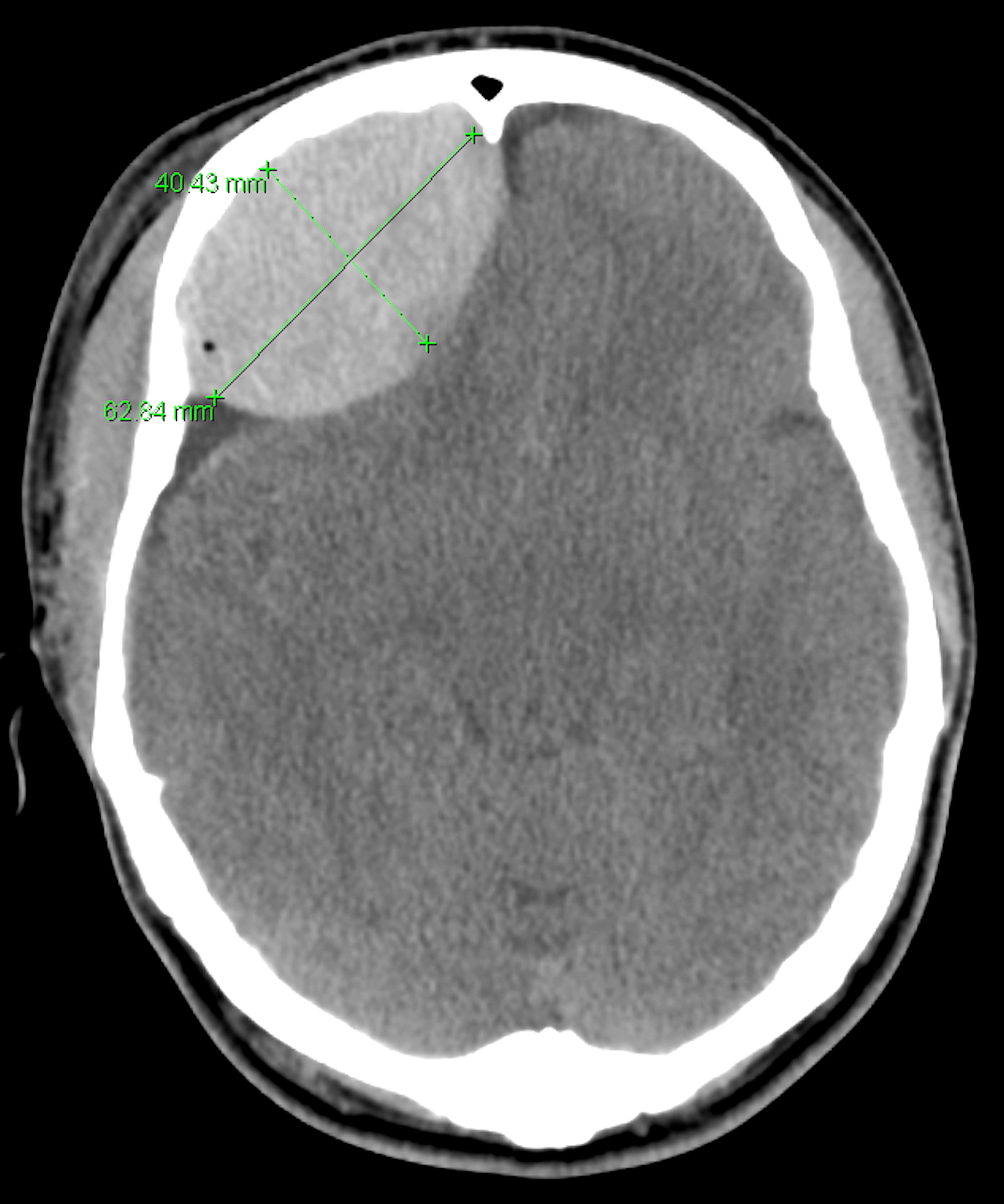

There are many medications or chemicals that can cause the pupil to dilate or constrict. Medications Or Chemicals Causing Anisocoria When focusing on the finger up close, the right pupil constricts normally (arrow). The right pupil is larger (arrow) and does not react to light. Patients can note increased light sensitivity and blurriness when reading, but overall no specific treatment is needed. The pupil may remain large or gradually shrink in size over several years. It may occur after a viral infection, but usually no known cause is found. The eyes can move fully in all directions. Although these problems can be serious, they may improve with treatment (inflammation), without treatment (microvascular ischemia), or slowly worsen over time (tumor).Īre there other forms of anisocoria that are not dangerous?Īdie Tonic Pupil: An Abnormally Large PupilĪn Adie tonic pupil is abnormally large like a 3rd cranial nerve palsy, but the pupil still constricts when focusing on something close to the face, and there is no double vision or droopy eyelid.

Other causes of 3rd cranial nerve palsy include decreased blood flow to the nerve ( microvascular ischemia), tumors pressing on the nerve, and inflammation of the nerve. This is a life-threatening medical emergency because the aneurysm can break open and bleed into the brain. The most concerning cause of a 3rd cranial nerve palsy is a brain aneurysm. A finger is holding the right eyelid up because it cannot open. The right pupil is bigger (arrow) and the right eye is positioned down and out. The pupil may or may not be dilated, but if it is, it requires urgent evaluation. The affected eye can often appear deviated toward the ear and slightly downward. Damage to the 3rd cranial nerve can result in a dilated pupil, droopy eyelid and double vision (when the 2 lid is lifted) because the eye does not move normally.


The 3rd cranial nerve also controls the muscles that move your eyes up, down, and in, as well as open your eyelid. These nerves travel along the 3rd cranial nerve, which comes from the brainstem near the back of your brain and travels forward to your eye. The nerves controlling the muscles that constrict the pupil are part of the parasympathetic nervous system. Experiencing pain in the neck or around the eye, in association with a Horner syndrome, may be a sign of a carotid dissection, and warrants urgent evaluation through the emergency department.ģrd Cranial Nerve Palsy: An Abnormally Large Pupil Although there are benign causes that do not usually need treatment, it is important to find out what is causing the Horner syndrome because it may be a sign of a life-threatening condition, such as stroke, lung, chest or brain tumor, or break in the wall of the carotid artery (carotid dissection). Horner syndrome does not damage the eye or cause vision loss. There also may be loss of sweating, especially on the forehead on the same side. The pupil on the affected side is abnormally small (miosis) and the upper eyelid will droop (ptosis). Horner syndrome occurs when these nerves do not work. These nerves also control the muscles that open your eyelids and activate the sweat glands on your face. The nerves controlling the muscles that dilate the pupil are part of the sympathetic (“fight or flight”) nervous system. The left pupil is smaller (solid arrow) and the left eyelid is droopy (dashed arrow). Horner Syndrome: An Abnormally Small Pupil Though many causes of anisocoria are benign and some people only notice some blurry vision and/or light sensitivity, it can be a sign of a serious and potentially life-threatening neurological problem. Why should I be concerned about anisocoria?Īnisocoria cannot make you go blind. When this affects one side, the pupil sizes may be unequal. Problems affecting the muscles or nerves controlling the pupil cause abnormal pupil size. In bright light (such as sunlight), the pupil constricts to make the pupils smaller, which decreases the amount of light getting into the eye. Normally, in dim light (such as at night), the pupil dilates (opens) to let in more light to the eyes. While small differences in pupil size are normal and can even come and go ( physiologic anisocoria), constant and significant differences in pupil sizes may be a sign of damage to the nerves that control the pupils or to the brain. Normally our pupils are relatively the same size. What is anisocoria?Īnisocoria is a medical term for unequal pupil size.


 0 kommentar(er)
0 kommentar(er)
